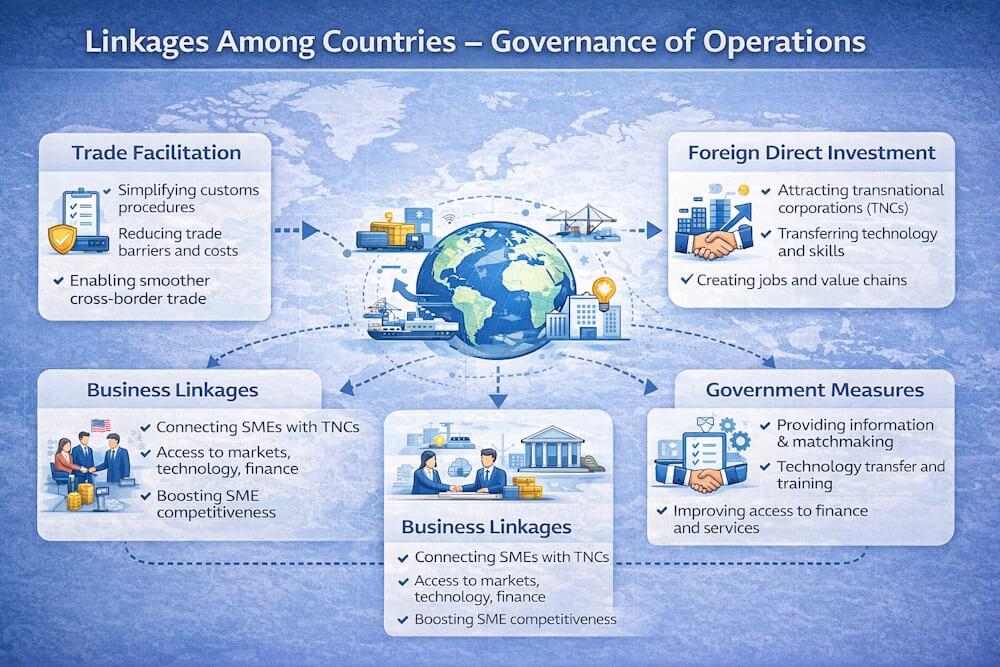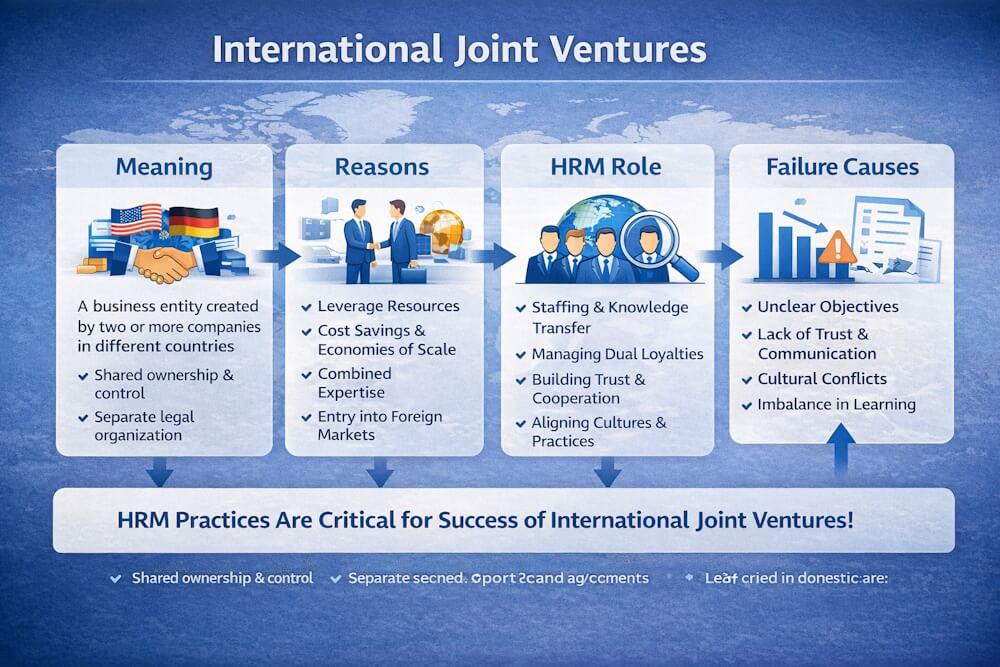Okay so, we’ve all seen the word “confidential” floating around office emails, right? Usually bolded and underlined like it means something serious. And it does—but let’s be honest, most people don’t really know what that means in practice.
So yeah, let’s talk about what “confidentiality” at work really comes down to. Like, the basic principles. Not the legal textbook version. The actual stuff that happens on the ground. You know... like when you're trying not to mess up and accidentally forward the wrong file.
1. You Need a Legit Reason to Use Info
Not just, “I was curious.” Nope. That doesn’t fly.
If you're gonna open, share, or even glance at something private, you better have a solid, work-related reason. Because if you don’t? That’s not “helping the team” — that’s stepping into someone’s business.
2. Don’t Collect More Than You Actually Need
Let’s say you’re working on a client report. Do you really need their birthdate, phone number, address, and what they had for lunch? Probably not.
Only grab the data you need. Nothing more. It’s kinda like shopping: stick to the list, or you’ll get junk you didn’t ask for — and it’ll weigh you down.
3. Use Less Info If You Can
Even if you have to use confidential stuff — try to cut it down. Don’t include full names or employee IDs unless you’re literally required to.
It’s like... using initials instead of full names. Or sharing part of the spreadsheet, not the whole thing.
Every extra detail you throw around is one more thing that could leak. So keep it tight.
4. Only Give Access to People Who Actually Need It
Access isn’t a badge of honor. It’s not like, “Oh cool, I have the key to the HR folder.” If someone doesn’t need to see that file for their job, they shouldn’t have access. Period.
Even managers — if it’s not in their scope, they shouldn’t be poking around.
5. Everyone Has to Know Their Boundaries
Nobody should get to say “Oh, I didn’t know that was private.” That’s just lazy. Part of working in a team — especially in big orgs — is knowing what info you’re supposed to handle, and what to leave alone.
Companies should explain this stuff. But even if they don’t, common sense has to kick in.
6. Don’t Break the Law (Seriously)
It sounds dramatic but like — yeah, people forget there are real laws here. You mishandle health data? That’s HIPAA trouble. You leak client info in the EU? That’s GDPR knocking on your inbox with a lawsuit.
And it’s not just a “company problem.” You, personally, could get called out.
So yeah. Learn the basics. Or at least ask someone before you wing it.
Some Real-Life Scenarios
- Someone leaves sensitive papers in a shared printer tray
- You CC the wrong client in an email
- Screenshots of internal chats get posted in a public Slack
- You’re on a Zoom call and your screen is visible... and open tabs are showing HR info
Doesn’t always happen with bad intentions. But it happens.
Honestly, It’s About Respect
More than anything — confidentiality is about respect.
You’ve been trusted with something private. So handle it like it’s someone else’s diary. Would you want yours leaked in a team meeting? No? Cool, same.
You don’t need to walk around paranoid. Just... slow down before hitting “send.” Lock your screen. Ask before sharing stuff. Be decent.
That’s 80% of confidentiality right there.
🔗 More stuff to check out:






